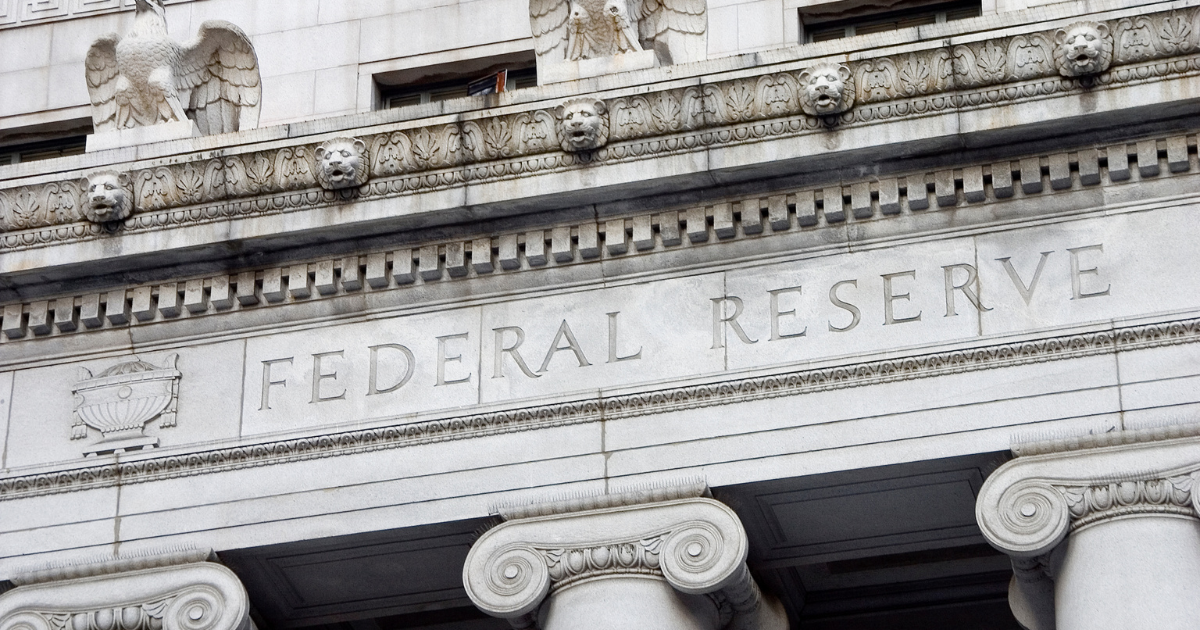
What You Should Know About the Recent Fed Rate Cut in 2024
You may have heard the buzz about the Federal Reserve’s decision to cut interest rates on September 18, 2024. This move comes at a critical juncture for the U.S. economy, and its ripple effects will be felt across various sectors. But what does this rate cut really mean for you and the broader economy?
Understanding the Fed’s Decision
The Federal Reserve, often simply referred to as “the Fed,” sets the federal funds rate, which is the interest rate at which banks lend to each other overnight. This rate influences everything from mortgage rates to savings account yields, and it serves as a primary tool for the Fed to control economic activity.
During their recent meeting, the Fed considered the current economic landscape and assessed contributing factors such as inflation, employment rates and overall growth. As a result, they announced a reduction in the federal funds rate by a half percentage point, marking a strategic shift in monetary policy aimed at bolstering economic growth. While this may seem like a small adjustment, even slight changes in the rate can have substantial impacts as cutting this rate leads the way for lower costs on many things like mortgage rates and credit cards interest rates.
Reasons Behind the Rate Cut
Several factors led to this decision including:
- Economic Slowdown: Key indicators such as GDP growth, industrial production, and employment rates have shown signs of deceleration.
- Global Uncertainties: Ongoing geopolitical tensions and economic instabilities in major economies have introduced risks that could adversely affect the U.S. economy.
- Inflation: Inflation is believed to be at or near the 2% target and the Fed no longer feels the need to slow the economy by keeping rates high.
Impact on Consumers
For the average American, the Fed’s rate cut can have several immediate and longer-term effects:
- Borrowing Costs: Lower interest rates generally make borrowing more affordable. If you have a mortgage, car loan, or credit card debt with a variable interest rate, you may see lower monthly payments. It could also make for a great time to consider buying or refinancing a home.
- Savings Accounts and CDs: On the flip side, rates on savings accounts and Certificates of Deposit (CDs) may decline, which could diminish your returns on savings.
- Investment Opportunities: Generally, lower interest rates can make stocks more attractive compared to bonds, which typically offer lower yields when rates fall. This could lead to a more robust stock market, enhancing investment portfolios.
Impact on Businesses
Businesses also stand to benefit from the rate cut. For example:
- Easier Access to Credit: Businesses may find it more affordable to borrow money for expansion, inventory, or capital expenditures.
- Stock Buybacks: Companies are often more inclined to engage in stock buybacks when borrowing costs are low, which can boost their stock price.
- Consumer Spending: As consumers find themselves with lower borrowing costs and improved cash flow, businesses may experience an increase in consumer spending, potentially driving revenue growth.
Stay Informed
The Fed’s recent rate cut is a pointed move aimed at navigating the dynamics of the current economic environment. Whether you’re a borrower, saver, investor, or business owner, understanding these changes and their potential impact can help you make informed financial decisions. Be sure to look out for further policy announcements and economic indicators as they can help you fully grasp evolving economic conditions and further understand how monetary policy changes can affect you, your family, or your business.
At GSB, your financial well-being is our top priority. Keep an eye on our Knowledge Bank for more important updates!



